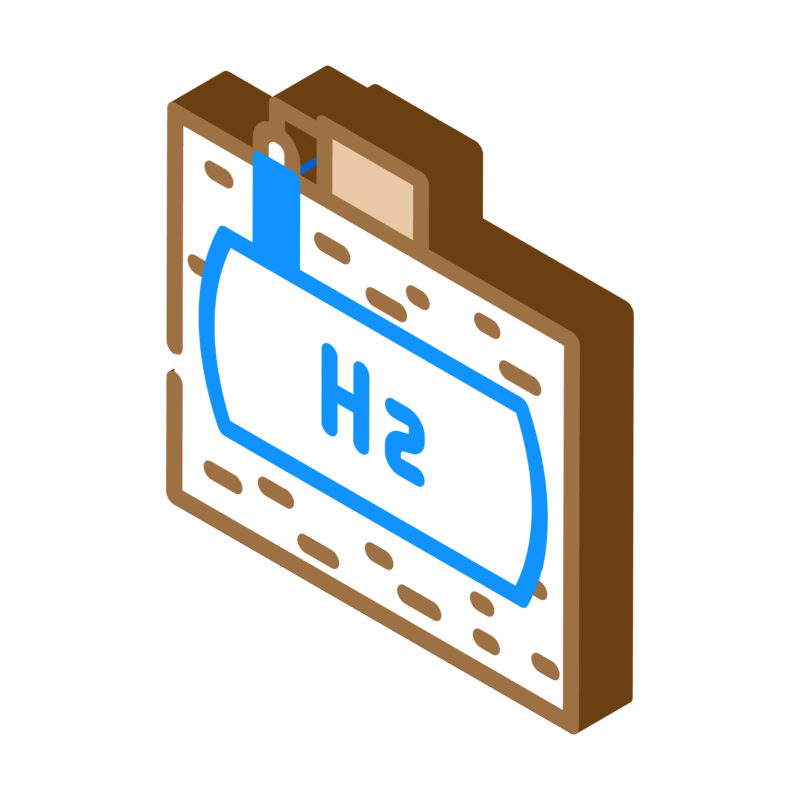NETL researchers examine underground storage of hydrogen

The U.S. Department of Energy’s National Energy Technology Laboratory (NETL) is continuing its research on the underground storage of hydrogen as part of its contribution to the DOE’s Hydrogen Shot initiative.
While renewable energy sources like wind, hydroelectric, solar, biomass, and geothermal make up an increasingly larger portion of the total energy supply mix, the intermittent supply associated with those energy sources and varying demand for energy is a key challenge. That is why it is important to convert energy produced by renewable sources into hydrogen and then store it for future demand. DOE has identified the use of hydrogen as a fuel source as a critical step toward transitioning to a net-zero carbon emissions society if storage issues can be resolved.
The growing demand for hydrogen sources and opportunities to use hydrogen blended with natural gas will require storage reservoirs across the United States.
“Underground storage of hydrogen is less costly than storage in above-ground vessels,” Angela Goodman of NETL’s Biogeochemistry and Water Team explained. “But the technical challenges must be addressed. We are teaming with other national laboratories to focus on quantifying materials compatibility and investigating potential microbial interactions.”
NETL researchers are working with experts at the Pacific Northwest National Laboratory and the Lawrence Livermore National Laboratory under a research umbrella known as SHASTA —Subsurface Hydrogen Assessment, Storage, and Technology Acceleration — to research the effective widespread use of underground storage for the nation’s hydrogen.
Hydrogen is currently stored in salt caverns in locations worldwide, but those geologic formations are not widely available in the United States. SHASTA seeks to address that by exploring hydrogen storage in saline formations and depleted oil & gas wells that are more geographically disbursed throughout the United States.
Goodman added that the SHASTA initiative “can accelerate and expand the use of hydrogen by using existing natural gas facilities at storage sites across the United States, by addressing critical technical hurdles, demonstrating the feasibility of emergent technology, and developing tools and technologies to support industry and by enabling the advancement of subsurface hydrogen storage.”
Researchers face a range of challenges, however, including hydrogen storage feasibility in a variety of underground systems; hydrogen gas behavior during storage; hydrogen loss through biogeochemical reactions; risks of loss of containment from storage reservoirs, through caprock, faults, fractures, or leaky wells; development of real-time monitoring technologies to assure storage integrity and safety; levels of support from key stakeholders and the public; and the expected regulatory environment.
“Our work builds on existing subsurface capabilities that were designed to study wellbore and subsurface reactions,” Goodman said. “The Lab’s capabilities will also be used to assess the geochemistry and microbiology of reservoir types targeted for storage and to develop optic fiber sensors needed to monitor underground storage.”
